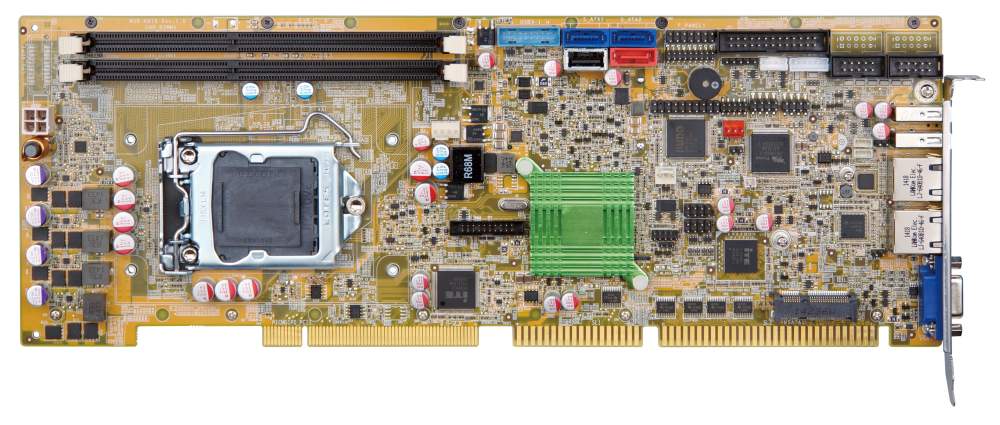misterjones wrote:
Who made those boards? Last time I saw ISA slots on a motherboard was with Pentium 3 and slot A Athlon's. Maybe a handful of socket A Athlon boards had ISA, but even the IWill KV200R I have sitting next to me doesn't have an ISA slot.
Never seen anything past that with an ISA. That's not to say some weirdo company didn't make them, 'cause that sounds like something ASRock would definitely do.
A good number of Socket A motherboards had at least 1 ISA Slot. The last chipset to usually have ISA slots was the Via KT133A.
And certain boards, such as the KT7A / KT7A-RAID can have the 5th multiplier bit enabled and also have a modified BIOS available for use with the Barton CPUs. That board is pretty sweet with an Athlon XP Mobile CPU in it. You can get up to 2.3-2.4Ghz.
Then there is the Biostar M7MIA (AMD 761+VIA 686B) which has an ISA slot AND uses DDR RAM. I got one in a lot and didn't even realize what it was until I received it. DDR support for a Socket A board with an ISA slot was really my only wish for a Socket A board and then I found out that a board existed that had it and I ended up getting one by accident.
Then there are industrial backplane/CPU board systems that have a ton of ISA slots depending on which backplane you use. The fastest that was made that I am aware of was an LGA775 PXAGP setup that supported Pentium D Processors, but I have not been able to find the single model of CPU board.. so I am stuck with Socket 478.. but it does have AGP, PCI, and ISA.
